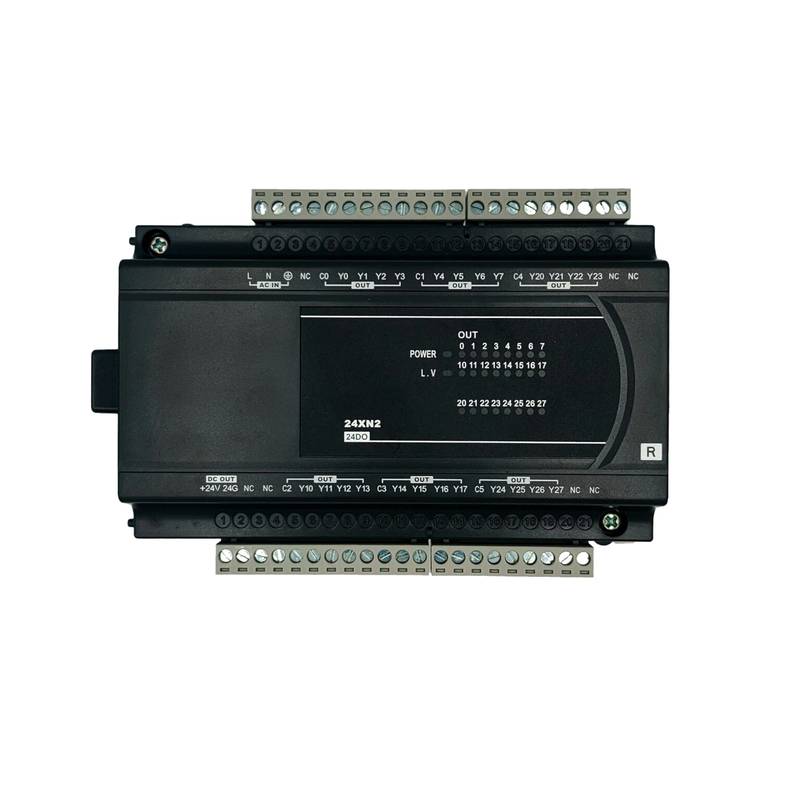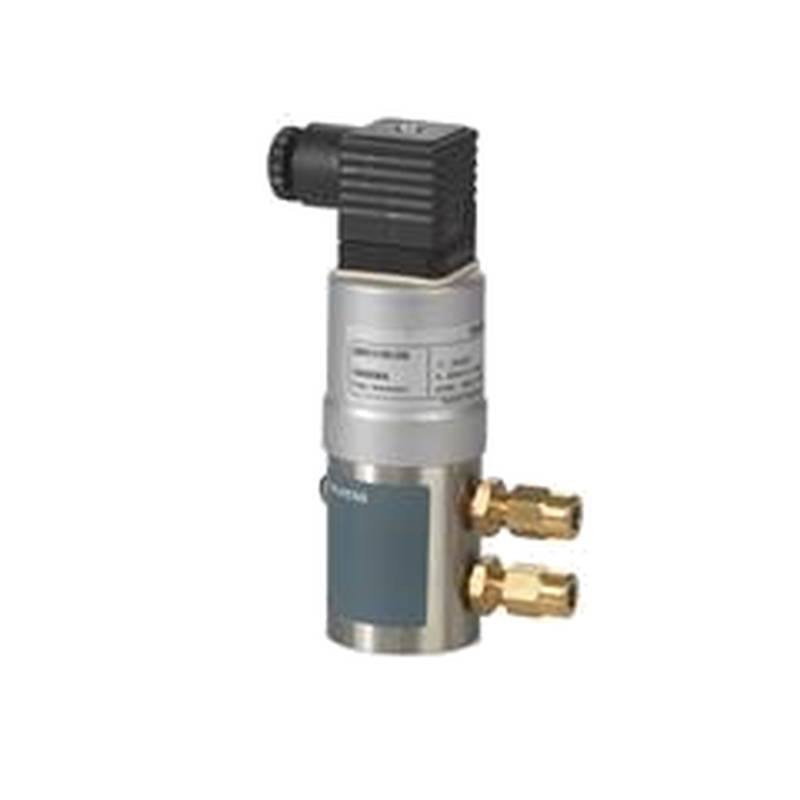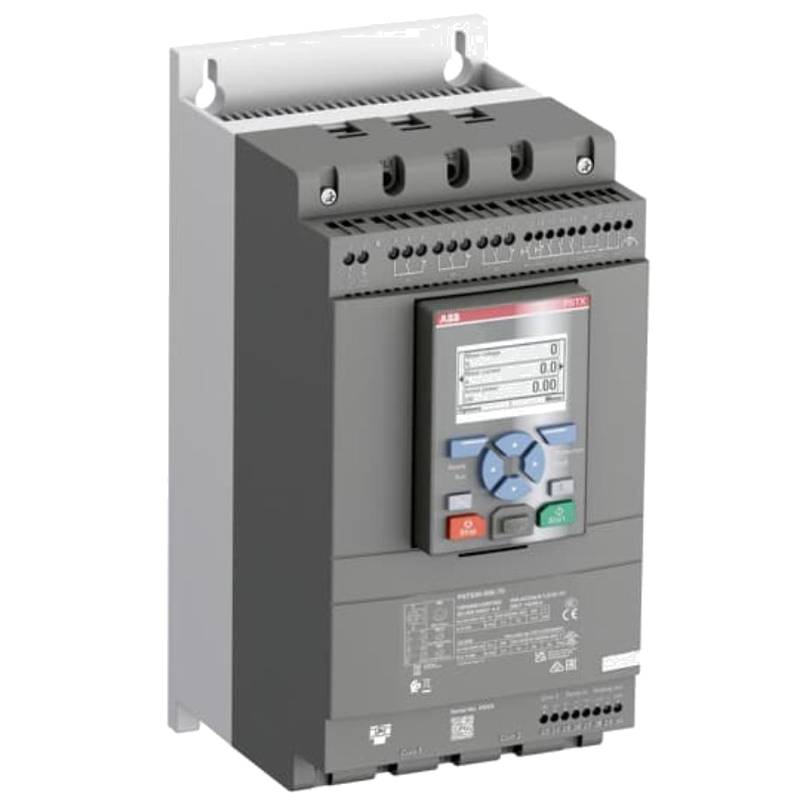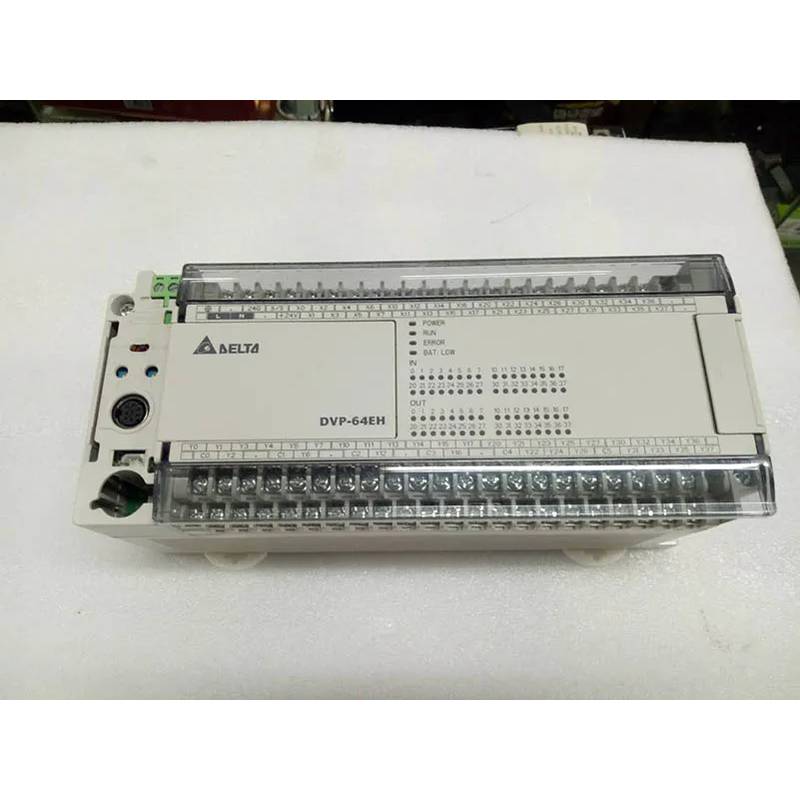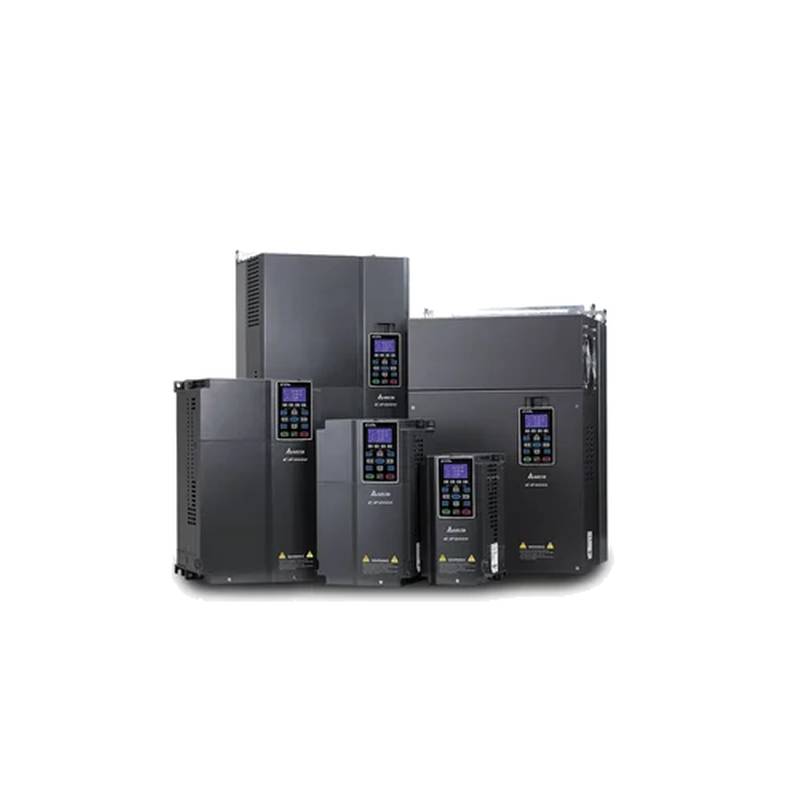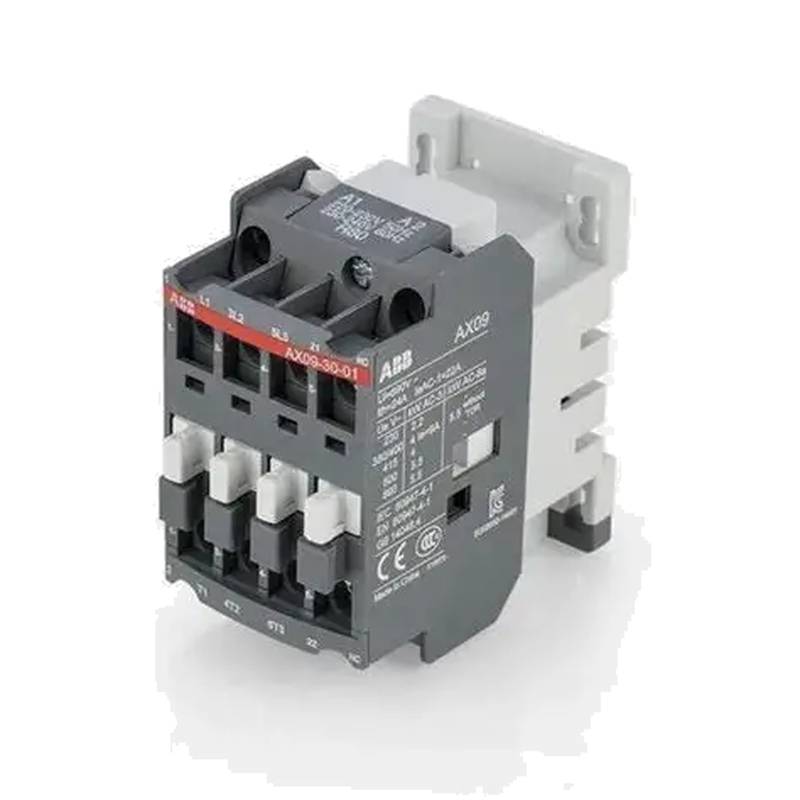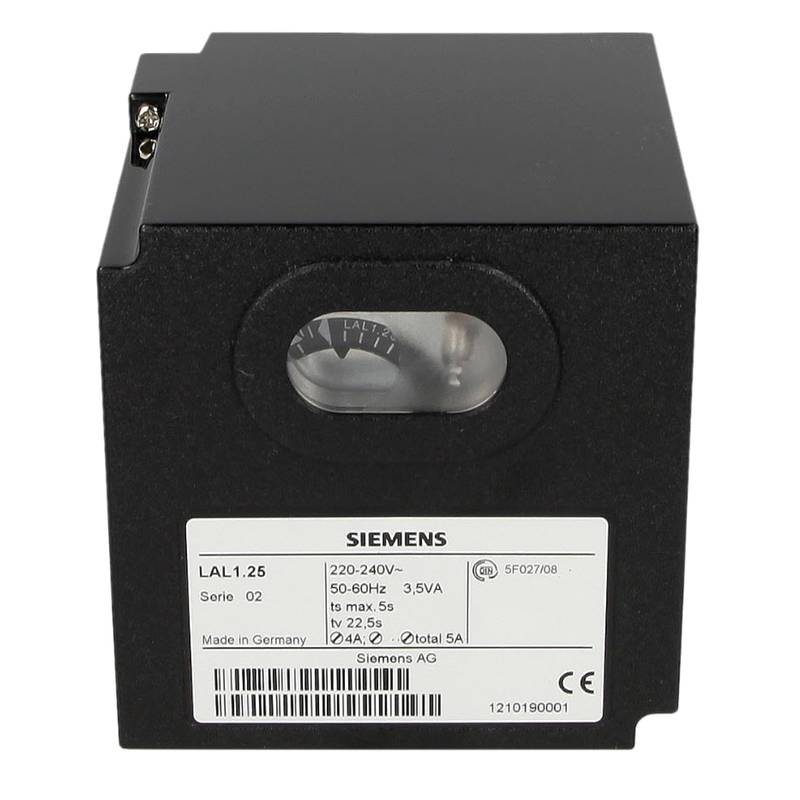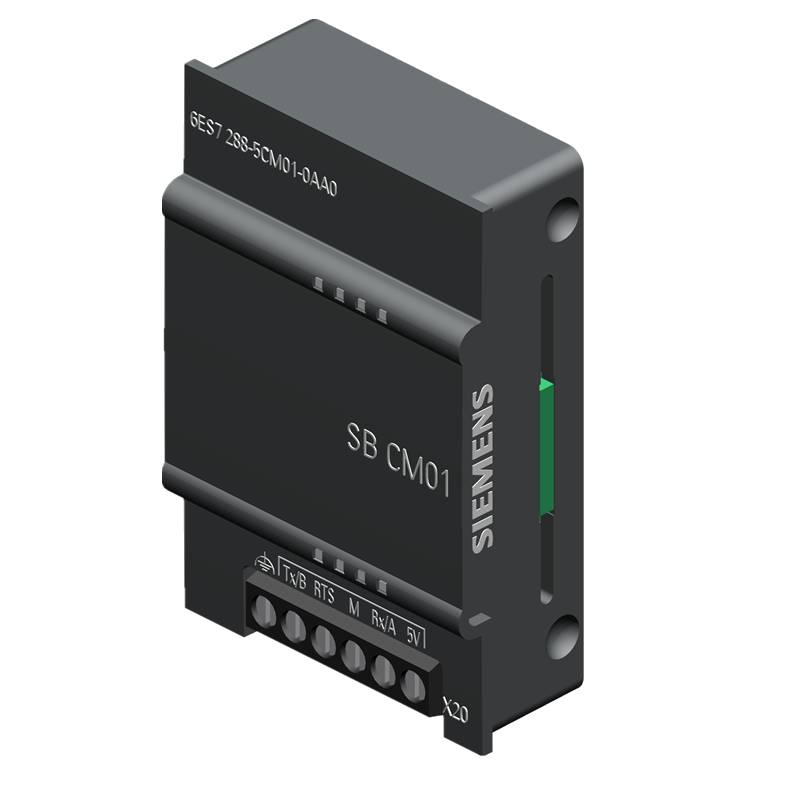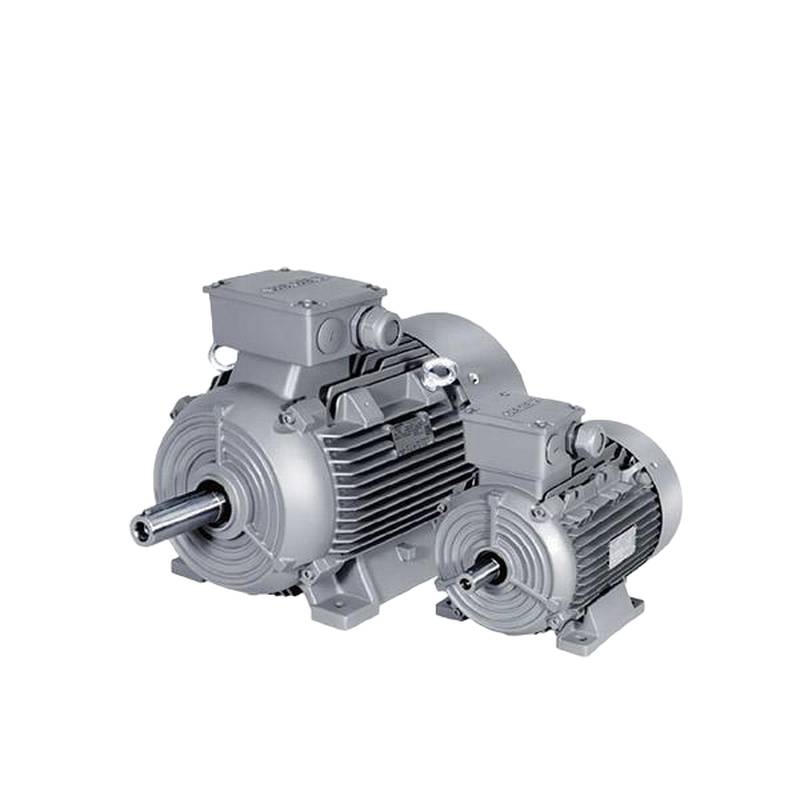
The Delta DVP24XN200R is a high-performance 24-point relay output module designed to expand the capabilities of Delta's DVP series Programmable Logic Controllers (PLCs). This module offers robust control for a variety of industrial automation tasks, characterized by its 24 independent relay outputs, a broad operating voltage range, and reliable switching capabilities, making it a cornerstone for complex machine control and process automation. Its seamless integration into the DVP platform ensures enhanced system efficiency and flexibility for demanding industrial environments.
Product Specifications
| Feature | Specification |
| :------------------- | :------------------------------------------------ |
| Output Type | Relay |
| Number of Outputs | 24 points |
| Max. Switching Load | 250VAC/30VDC, 5A per point |
| Isolation | Photocoupler isolation |
| Response Time | < 10 ms (relay ON), < 15 ms (relay OFF) |
| Operating Voltage | 24 VDC |
| Power Consumption | Approx. 5W |
| Ambient Temperature | 0°C to 50°C (32°F to 122°F) |
| Humidity | 5% to 95% (non-condensing) |
| Dimensions (W x H x D) | 145 x 90 x 60 mm |
| Mounting | DIN rail or screw mount |
Core Features & Market Positioning
The Delta DVP24XN200R distinguishes itself through its high-density relay output configuration, providing substantial control points within a compact footprint. Its primary advantage lies in the robust nature of its relay outputs, capable of handling both AC and DC loads up to 5A, offering versatility for diverse actuator control, including motors, solenoids, and lighting systems. This module is positioned as a cost-effective yet highly reliable expansion unit for users of Delta's DVP PLC series, offering a significant increase in I/O count without the need for a larger or more complex PLC chassis. The inclusion of photocoupler isolation between the PLC and the output points enhances system reliability and protects the PLC from voltage spikes and electrical noise common in industrial settings.
Key Application Scenarios
This Delta DVP24XN200R module finds extensive use in various industrial sectors requiring precise and dependable output control. It is particularly well-suited for controlling multiple independent loads in applications such as packaging machinery, material handling systems, and automated assembly lines. In the food and beverage industry, it can manage conveyor systems, heating elements, and valve actuation. For building automation, the module efficiently controls lighting circuits, HVAC components, and door locking mechanisms. Its capacity for handling significant inductive loads makes it ideal for motor starter control and solenoid valve banks, common in water treatment plants and power distribution systems.
Practical System Integration Guidance
Integrating the Delta DVP24XN200R into a DVP PLC system is streamlined, leveraging Delta's consistent hardware design and programming environment. Installation typically involves mounting the module onto a standard 35mm DIN rail or directly to a panel using screws. Wiring the outputs requires careful attention to the load type (AC/DC) and voltage/current ratings. The common terminal for relay outputs should be connected to the appropriate power source, while individual output terminals connect to the respective loads. When programming, the DVP24XN200R appears as an extension of the PLC's native I/O. Users can assign output addresses within the PLC's memory map to control each of the 24 relay points, typically using standard ladder logic instructions such as 'Output Coil' (Y) or 'Set/Reset' (S/R) commands within the Delta ISPSoft or WPLSoft programming software.
Operation and Risk Mitigation
Safe operation of the Delta DVP24XN200R hinges on adhering to its specified electrical limits and proper wiring practices. Overloading any individual relay output beyond its 5A rating can lead to premature failure, thermal damage, or even fire hazards. It is crucial to ensure that the sum of current drawn by loads connected to the module does not exceed the total capacity of the power supply. Always use appropriate gauge wiring for the intended current. In the event of a fault, such as a short circuit or overload on an output, the relay contacts may stick or fail to operate correctly, potentially leading to equipment damage or safety hazards. Regular inspection of wiring integrity and load status is recommended. While specific fault codes are typically generated by the main PLC unit, output failures can manifest as the controlled device not responding or operating erratically.
Scalability & Long-Term Value
The Delta DVP24XN200R offers excellent scalability within the DVP PLC ecosystem. Its modular design allows for multiple expansion modules to be connected to a single DVP PLC, enabling users to easily increase I/O capacity as automation requirements grow. Compatibility is maintained across various DVP series PLCs, ensuring that investments in existing control systems remain valuable. Furthermore, Delta's commitment to industrial automation extends to the integration of these modules into IIoT frameworks. Through communication modules and appropriate software, data from the DVP24XN200R's output status can be collected, monitored remotely, and used for performance analysis, predictive maintenance, and overall operational optimization, aligning with Industry 4.0 initiatives.
Frequently Asked Questions
1. What is the maximum load capacity of each relay output on the Delta DVP24XN200R?
Each individual relay output on the Delta DVP24XN200R module is rated for a maximum switching load of 250VAC or 30VDC at 5A. This specification is critical for selecting appropriate actuators and ensuring the longevity of the relay contacts. Exceeding this limit can result in contact welding, burnout, or premature failure of the output.
It is imperative to consider the inrush current of inductive loads, such as motors and solenoids, which can be significantly higher than the steady-state running current. For such applications, using a contactor or a relay with a higher current rating in conjunction with the DVP24XN200R may be necessary, with the DVP24XN200R acting as a control signal.
Always consult the specific load's datasheet and the Delta DVP24XN200R manual to ensure that the chosen component combination operates within safe and reliable parameters. Proper sizing prevents operational issues and costly downtime.
2. How do I wire the Delta DVP24XN200R module for an AC load?
To wire the Delta DVP24XN200R for an AC load, connect the AC power source to the common terminal (COM) of the relay output group being used. Then, connect one wire of your AC load (e.g., a motor or solenoid) to the corresponding individual output terminal (e.g., Y0, Y1, etc.). The other wire of the AC load should be connected to the neutral or switched side of your AC power supply, depending on your system design.
Ensure the AC voltage and current requirements of the load do not exceed the 250VAC/5A rating of the relay output. Verify that all connections are secure and insulated to prevent short circuits. Use appropriate wire gauges that can safely handle the expected current draw of the connected load.
The module's photocoupler isolation protects the PLC from the AC voltage applied to the outputs. However, always exercise caution when working with AC power and follow standard electrical safety procedures during installation and maintenance.
3. Can the Delta DVP24XN200R be used with DC loads, and what are the considerations?
Yes, the Delta DVP24XN200R can be effectively used with DC loads, with each relay output capable of switching up to 30VDC at 5A. When wiring for a DC load, connect the positive (+) DC power supply to the common terminal (COM) of the relay output group. Connect one wire of your DC load to the individual output terminal (e.g., Y0).
The other wire of the DC load should be connected to the negative (-) or return side of your DC power supply. If you are switching an inductive DC load (like a solenoid or motor), it is highly recommended to install a flyback diode in parallel with the load to suppress voltage spikes generated when the coil de-energizes.
Always ensure the total current drawn by all DC loads connected to the module does not exceed the power supply's capacity or the individual relay's 5A rating. Proper flyback diode selection and installation are crucial for protecting the relay contacts from transient voltage damage.














